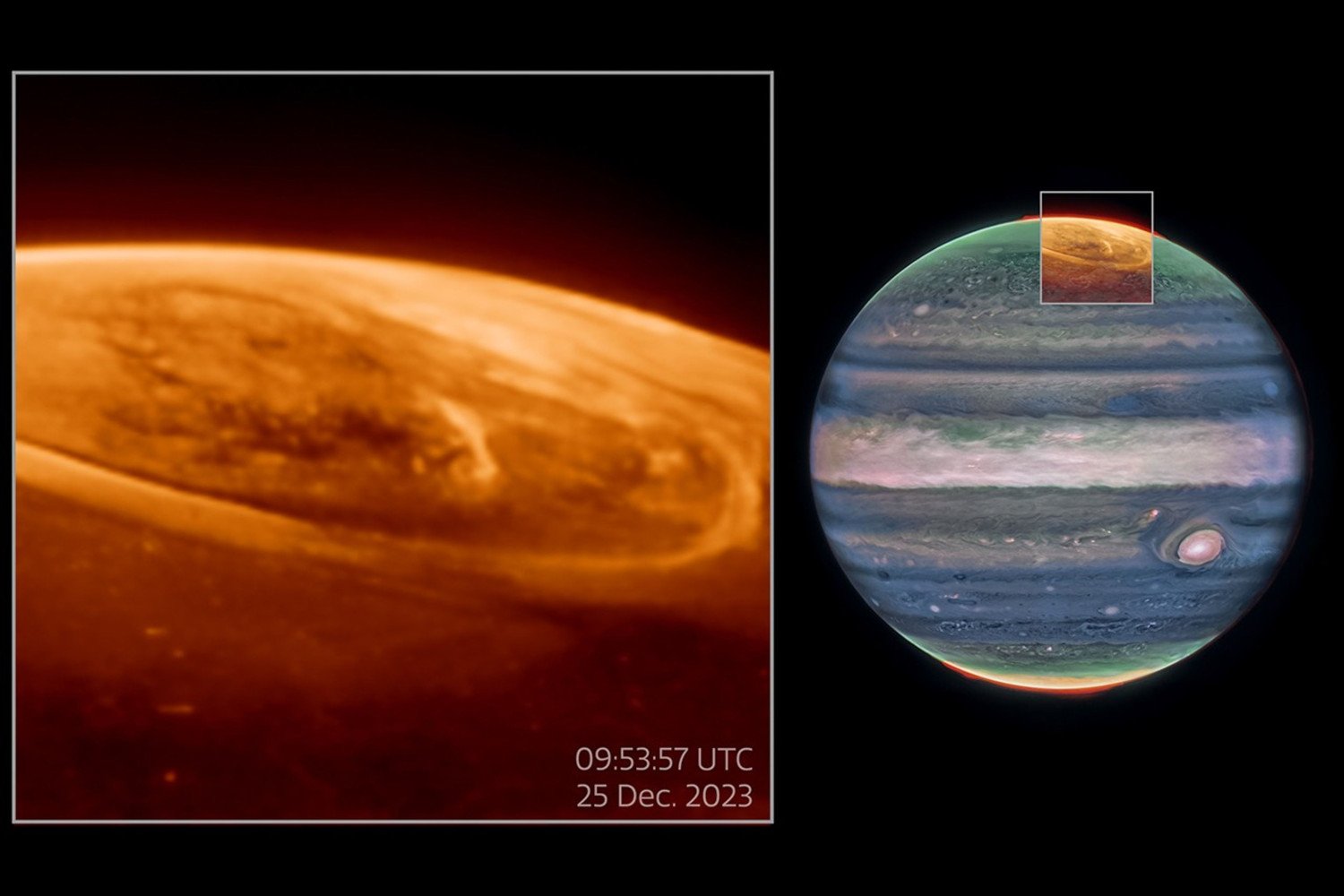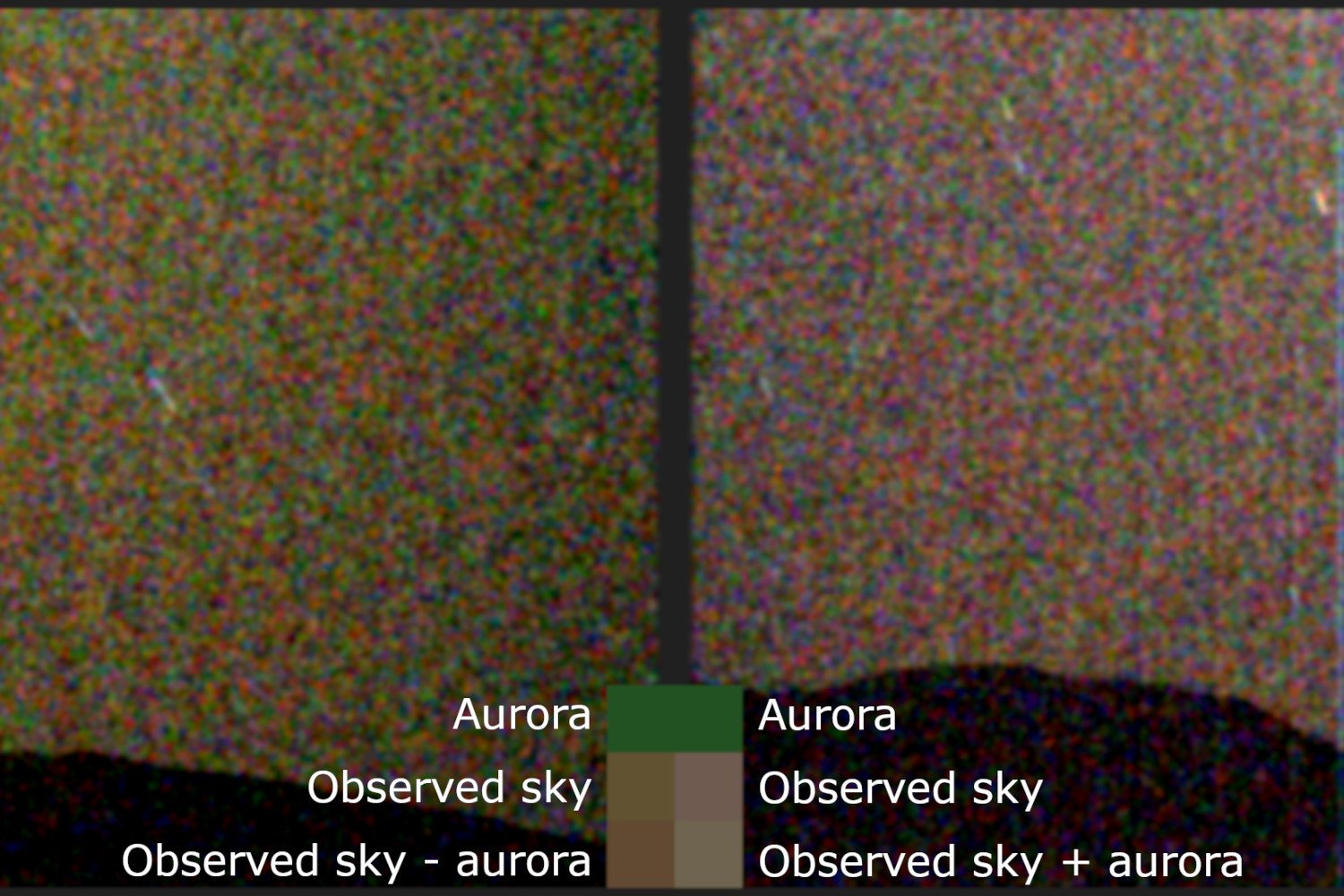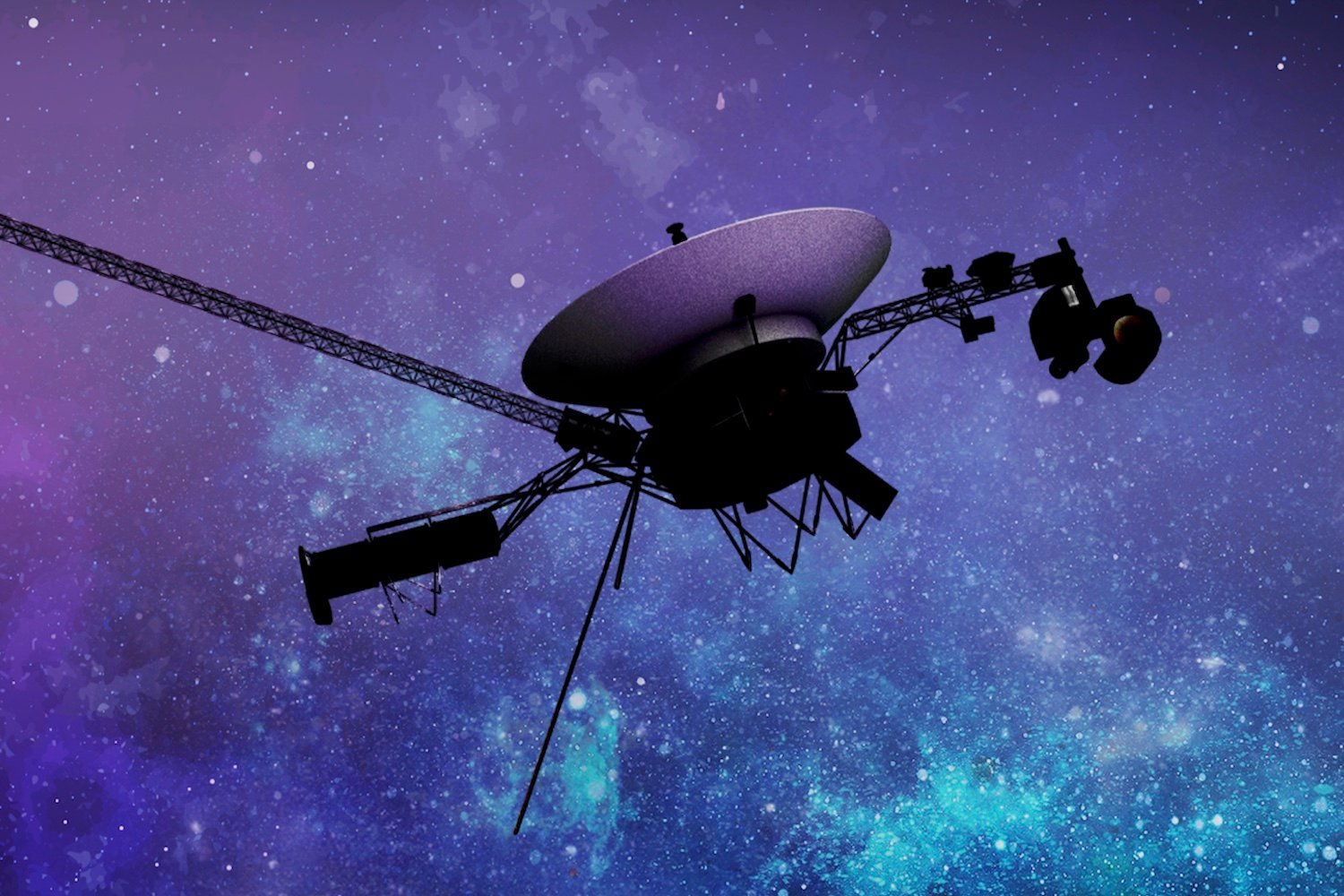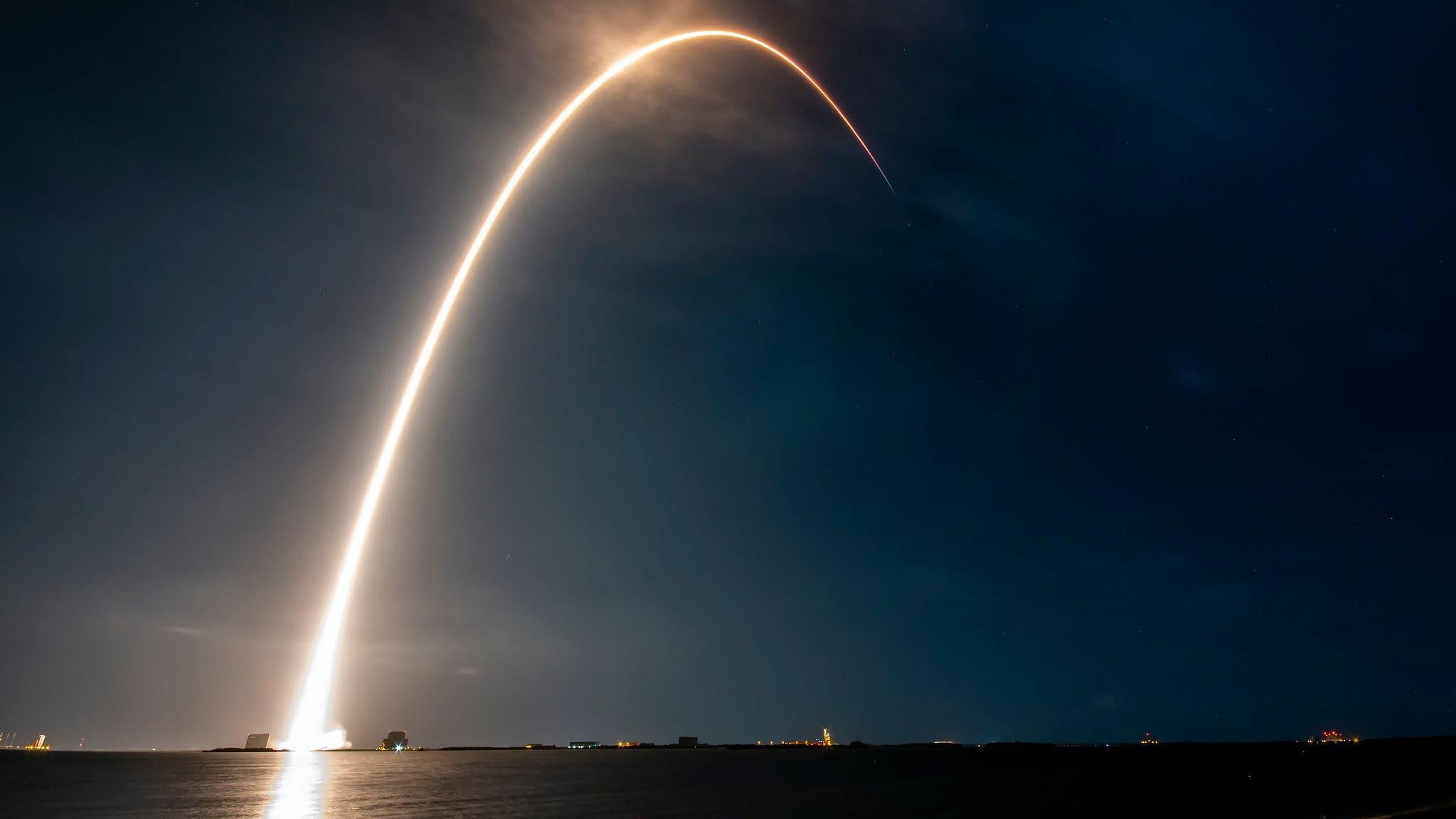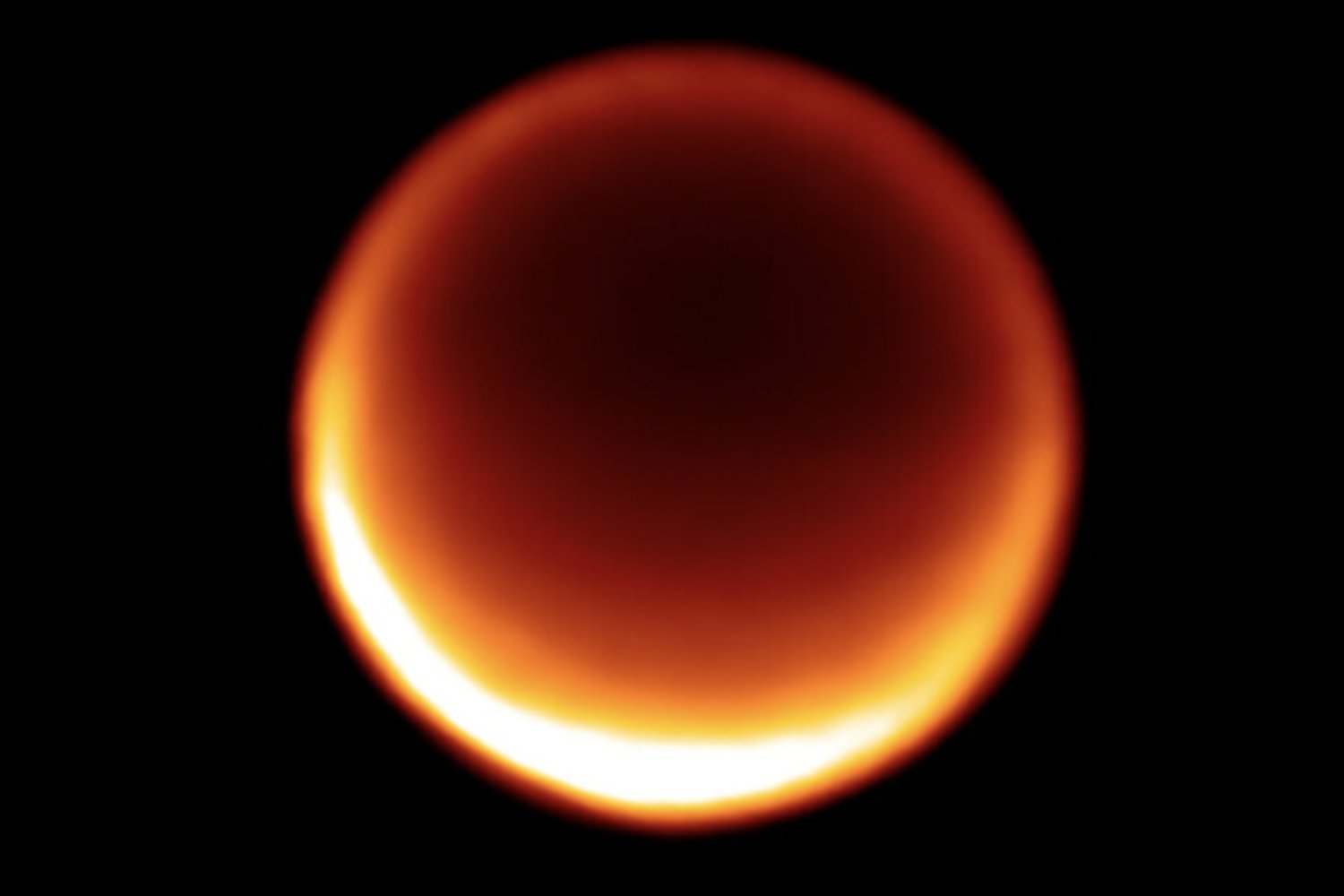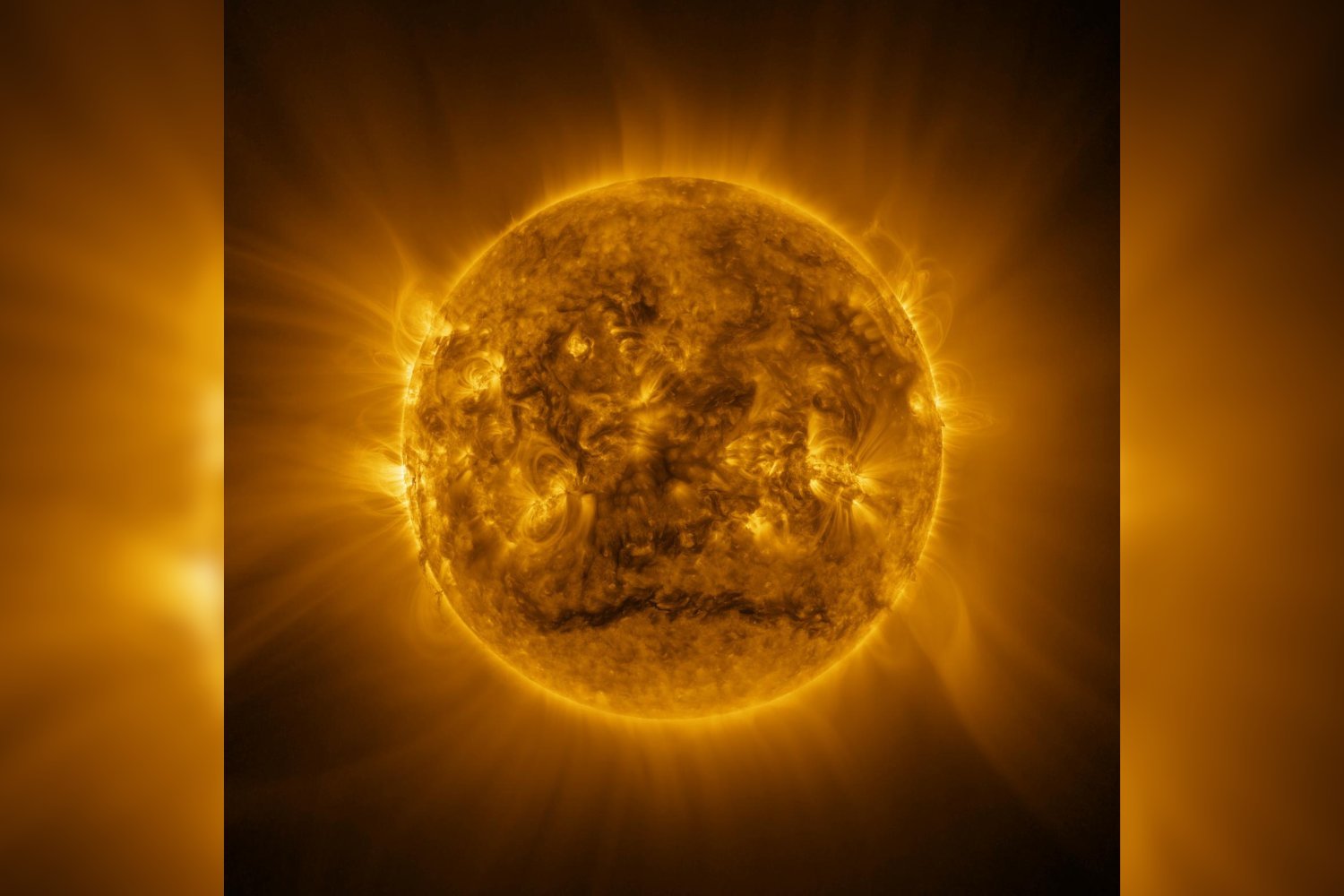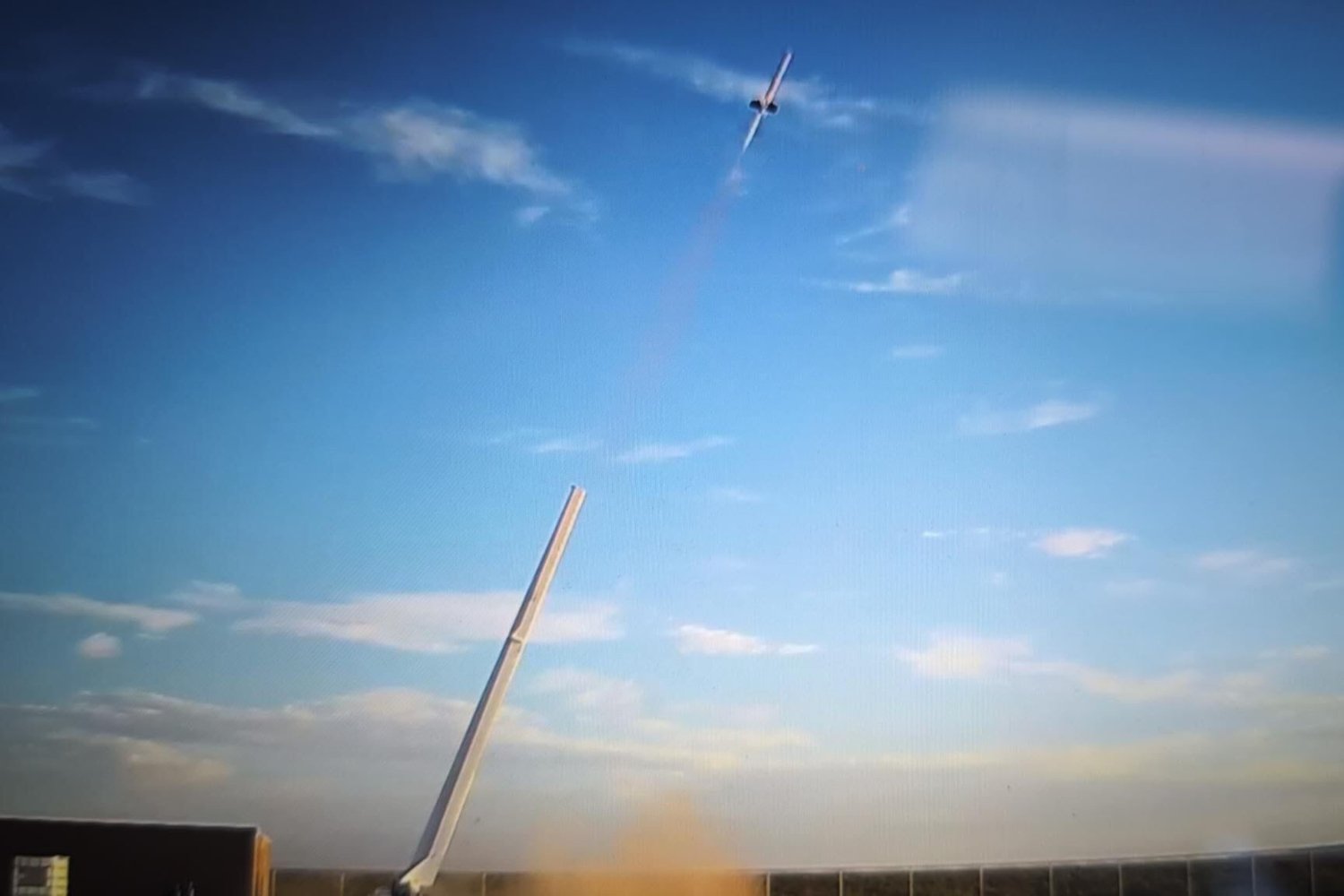Jupiter’s auroras, a dazzling light show hundreds of times brighter than Earth’s, have been captured in unprecedented detail by the James Webb Space Telescope. Webb’s Near-Infrared Camera (NIRCam) focused on Jupiter’s poles, revealing the dynamic and rapidly changing nature of these auroral displays. These observations have unveiled a curious discrepancy between Webb’s infrared view and Hubble’s ultraviolet perspective, raising new questions about the underlying mechanisms driving these spectacular phenomena.
A Fizzing and Popping Light Show
Scientists anticipated observing gradual changes in Jupiter’s auroras, expecting them to fade in and out over periods of fifteen minutes or more. However, Webb’s observations revealed a far more dynamic picture. “Instead, we observed the whole auroral region fizzing and popping with light, sometimes varying by the second,” explains Jonathan Nichols, a researcher at the University of Leicester and lead author of a study published in Nature Communications. This rapid variability challenges previous understandings of Jupiter’s auroral dynamics.
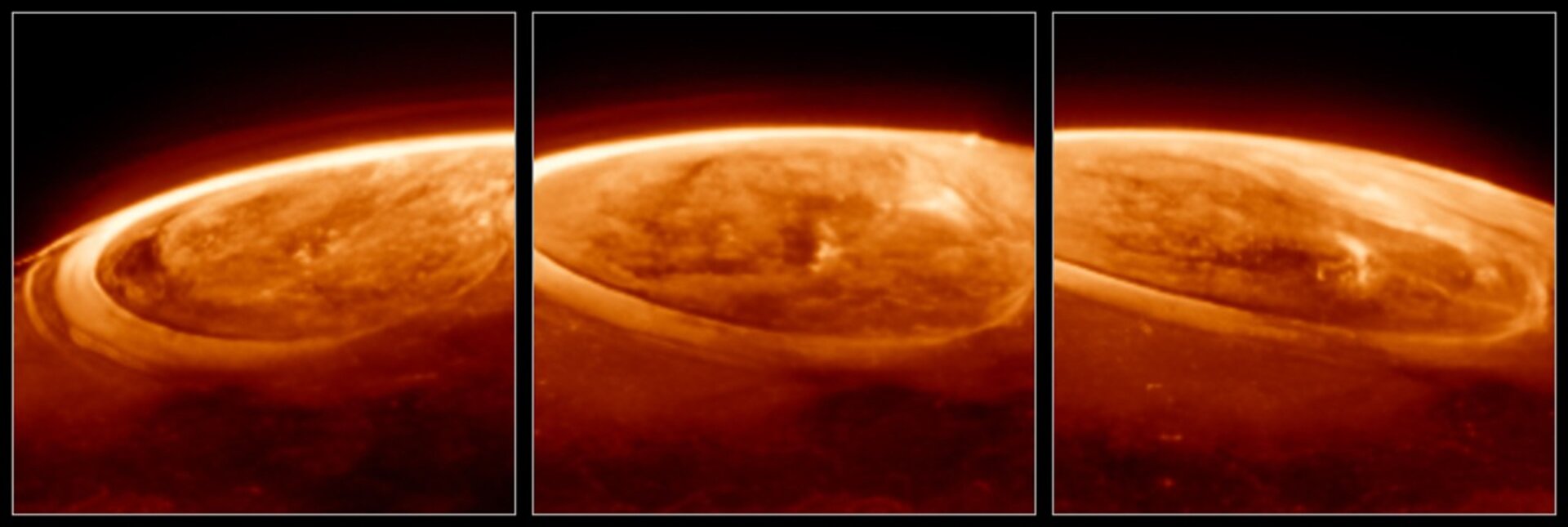 Webb Jupiter Aurora
Webb Jupiter Aurora
Two Sources, One Spectacular Display
On Earth, auroras occur when energetic particles from the Sun interact with our planet’s magnetic field and atmosphere. Jupiter’s auroras share this solar influence but also have an additional source. Jupiter’s powerful magnetic field captures charged particles from its surroundings, accelerating them to high speeds. These particles, some originating from Jupiter’s volcanic moon Io, collide with the planet’s atmosphere, energizing the gas and causing it to glow.
The Trihydrogen Cation Connection
Webb’s observations allowed scientists to study emissions from a molecule called the trihydrogen cation (H3+). This molecule forms when energetic particles strip an electron from a hydrogen molecule, which then reacts with other hydrogen molecules. The study revealed that trihydrogen cation emissions are far more variable than previously thought. Understanding the behavior of this molecule provides crucial insights into the heating and cooling processes within Jupiter’s atmosphere.
A Puzzling Discrepancy
Simultaneous observations of Jupiter’s auroras were made by both Webb and the Hubble Space Telescope. Hubble captured the auroras in ultraviolet light, while Webb observed them in infrared. A comparison of the two datasets revealed a surprising discrepancy: the brightest light observed by Webb had no corresponding counterpart in the Hubble images. “This has left us scratching our heads,” says Nichols. “In order to cause the combination of brightness seen by both Webb and Hubble, we need to have a combination of high quantities of very low-energy particles hitting the atmosphere, which was previously thought to be impossible. We still don’t understand how this happens.”
Unraveling the Mystery
To further investigate this perplexing discrepancy, scientists plan to conduct follow-up observations of Jupiter’s auroras using Webb. These new observations will be compared with data collected by the Juno mission, which has been orbiting Jupiter since 2016, providing detailed information about the gas giant and its moons. Webb’s earlier images of Jupiter’s auroras at its north and south poles already offered a fresh perspective on these captivating displays in infrared wavelengths, and continued study promises to unlock even more secrets about the complex processes shaping Jupiter’s auroral lights.



